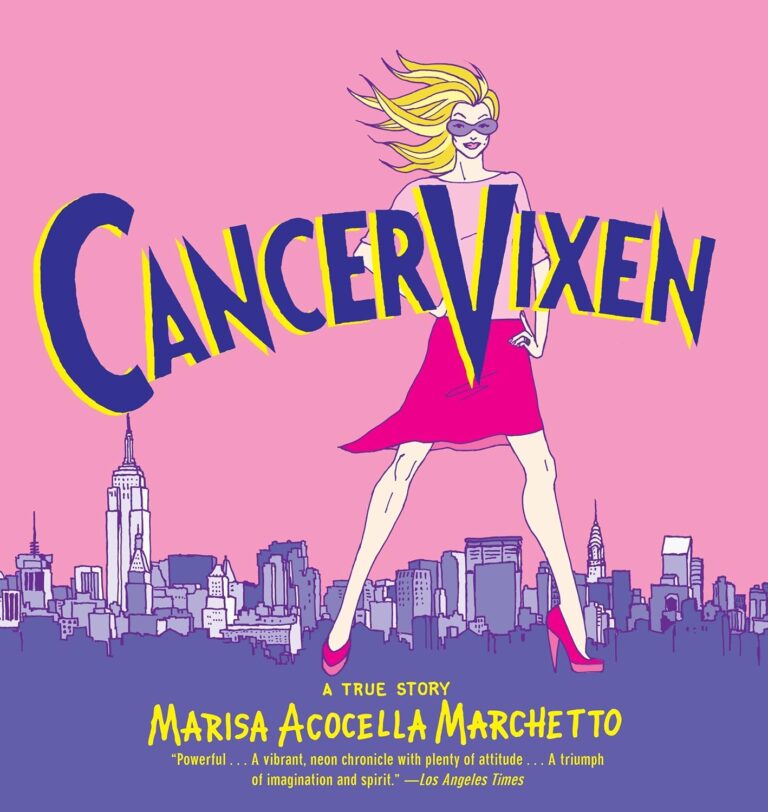
There are widespread misconceptions about carcinogens, the most common being that carcinogen exposure always results in cancer development. Although substantial exposure to a carcinogen escalates the risk, it does not conclusively guarantee the onset of cancer. The development of cancer is a multifaceted process involving genetic factors, lifestyle, and exposure to carcinogens.
Understanding Carcinogens: Going Beyond the Definition
The Role of Carcinogens in Cancer Development
Carcinogens contribute to cancer development by causing DNA mutations or abnormalities within cells. When our bodies fail to repair these alterations, it leads to uncontrollable cell division and subsequently the formation of tumors.
Frequency and Duration of Exposure: Key Factors in Carcinogenesis
The frequency and extent of exposure to carcinogens are significant factors influencing the risk of cancer. Chronic, heavy exposure heightens the risk compared to occasional contact. Also, a longer duration of exposure can increase mutation chances, escalating the risk of cancer development.
Classification of Carcinogens
Group 1: Carcinogenic to Humans
This group includes substances proven to cause cancer in humans. Examples include tobacco smoke and asbestos.
Group 2A: Probably Carcinogenic to Humans
Substances under this category have been linked to cancer in humans but lack strong evidence. Examples include UV radiation and red meat.
Group 2B: Possibly Carcinogenic to Humans
This group contains substances for which there is limited evidence of carcinogenicity in humans. An example is coffee.
Group 3: Unclassifiable as to Carcinogenicity in Humans
This category includes substances for which there is insufficient evidence to determine their carcinogenic potential. For instance, caffeine falls under this group.
Group 4: Probably Not Carcinogenic to Humans
This group is reserved for substances with evidence suggesting they do not cause cancer in humans, though this evidence is not entirely conclusive.
Common Sources of Carcinogens
Carcinogens in Everyday Life
Unfortunately, carcinogens are ubiquitous, found in the air we breathe (pollution), the foods we eat (processed meats), and the products we use (cosmetics with certain chemicals).
Job-related Carcinogen Exposure
Occupational exposure to carcinogens is also a concern. Workers in industries such as mining, manufacturing, and construction may frequently encounter carcinogens like coal tar, silica dust, and asbestos.
Diet and Carcinogens
Our diet can significantly influence our exposure to carcinogens. Processed foods, some meats, and alcoholic beverages contain carcinogens or result in their formation during digestion.
Prevention and Control of Exposure to Carcinogens
Risk Mitigation Strategies
To mitigate risk, individuals can adopt certain lifestyle changes such as maintaining a balanced diet, quitting smoking, avoiding sun exposure, and using protective equipment when in contact with potential carcinogens.
Get to know us better
If you are reading this, you are in the right place – we do not care who you are and what you do, press the button and follow discussions live

Government Regulations and Their Role in Carcinogen Control
Government bodies worldwide establish regulations limiting carcinogen exposure in work environments and monitor the content of carcinogenic substances in food, drugs, cosmetics, and environmental pollutants.
The Definition of Carcinogen: A Recap
To reiterate, carcinogens are substances that instigate the development of cancer by causing genetic mutations within cells. The risk posed by carcinogens depends on their classification, duration, and frequency of exposure. Reducing contact and adhering to a balanced lifestyle can lessen cancer risk.
FAQ’s:
- What are some everyday items that contain carcinogens?
Everyday items such as processed meats, tobacco products, alcohol, and cosmetics with certain chemicals can contain carcinogens.
- Can you lower your risk for cancer by avoiding carcinogens?
Yes, reducing exposure to known carcinogens can effectively lower the risk for developing cancer.
- Are all substances classified as carcinogens equally dangerous?
No, the danger posed by a carcinogen depends on its IARC classification, as well as frequency and duration of exposure.
- How are substances tested and classified as carcinogens?
The IARC classifies substances based on evidence from laboratory experiments, human studies, and animal studies.
- What role does diet play in our exposure to carcinogens?
Certain foods and drinks are known to contain carcinogens or result in their formation during digestion, thereby making diet a significant factor in carcinogenic exposure.

















Comments
Thank you. Comment sent for approval.
Something is wrong, try again later